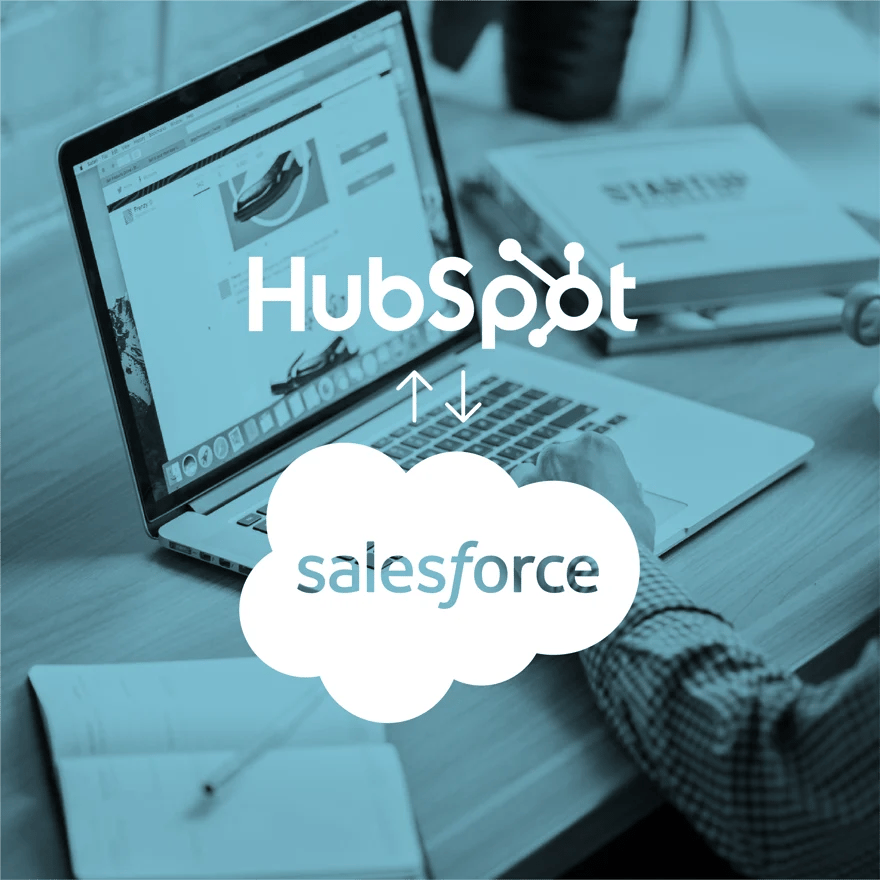CRM Checklist: avoid these six stumbling blocks
In collaboration with MT/Sprout - Anyone who wants to ensure the growth and customer satisfaction of their business refines their digital strategy with a well-oiled CRM platform. But how do you make sure you are driving the right route and becoming (and staying) successful in both the short and long term?
Usually, the question of what is CRM and how do you implement a CRM system goes wrong. Gartner published twenty years ago that between 50 and 70 percent of new CRM steps go wrong. That has since dropped to an average of 33 percent, CIO magazine concludes, but one in three, of course, still remains dangerously high. How do you make sure that you drive the right route on that digital highway, and that you become (and remain) successful in the short and long term?
Ralf van Thuijl is Principle Consultanat at Webs and guides companies in these issues. This Eindhoven-based company specializes in the HubSpot CRM platform and helps organizations grow or transform with it. What six pitfalls should you avoid? Van Thuijl lists a number of stumbling blocks that unfortunately occur time and again during such a process. What should you absolutely avoid?
Stumbling block 1: too little support
Little support for a technical revision regularly occurs in (former) family businesses, which slowly want to modernize their IT. There are always people in that company who think according to the old adage, and don't see anything wrong with changes such as working in the cloud or new tools. It has always worked well, hasn't it? 'Quite understandable,' van Thuijl observes. 'However, it is important to get the widest possible support among different departments. What can this mean for the whole company? Not just for marketing or sales, but what is the return on investment for the entire organization? Bring everyone to the table, let people have their say.'
Stumbling block 2: commercial processes not well mapped out
The second stumbling block actually ties in with the first point: there is not only a lack of understanding or even unwillingness, but also a lack of clarity in the company itself about the processes. This does not immediately have a negative cause, on the contrary. It is often the case that because people know each other well and have worked there for a long time, certain routines have developed over the years. The moment you start centralizing things (such as with a new CRM system), the downside appears. If you ask colleague Henk which route is taken in a commercial process, you will get a completely different answer from colleague Bert. The solution: write down together how these internal processes run. That way you can tailor the CRM system to suit your company and the end customer will not be bothered by distorted constructions.
Stumbling block 3: platform not well integrated
Stumbling block 2 then spills over into stumbling block 3: the technical side of things. One department uses Zendesk, another uses Exact, another uses Marketo or Salesforce. Using all of these separately side by side creates a chaotic sea of disconnected islands. A good CRM system packs these loose islands together, linking and combining, separating or replacing. That means more insight, more streamlined processes and more service. HubSpot's website lists dozens of features that can pair with a smooth CRM system: for example, let customers schedule appointments with your employees themselves, using their real-time calendar. Synchronize billing systems, payment systems and communication programs. Or create links to social media.
Stumbling block 4: little knowledge about the future platform
As an upcoming industry standard, a new CRM system such as HubSpot is incredibly versatile. But how do you prevent employees (or customers) from not seeing the forest for the trees in your new CRM system? Teach them! With the official HubSpot Academy, for example, employees get a wonderful toolkit to better understand HubSpot. You can also go a step further and deliberately choose a partner who can provide customized training. After all, a CRM system is a product that needs constant integration and change. 'Our trainers already know in advance exactly how your business works,' van Thuijl points out. 'They give an applied crash course, with the figures and products of the company in question, in which listeners are really taken by the hand.'
Stumbling block 5: poor quality and contaminated data
As companies grow, the danger lurks that the data is no longer correct (enough). For example, one system may record that a customer has moved, while the other system does not (yet) record this. Or data is duplicated in different registers. Make sure you have as much unity and a clear structure as possible before introducing a new CRM. Few people dwell on what the impact could be for the company in the long run. Perhaps hold a major "data cleaning" (or data cleansing, data scrubbing) in which duplicate or unnecessary data is removed.
Stumbling block 6: insufficient insight into results
Did the implementation of this system achieve the intended goals for your own processes? That's the question. Any CRM system software has to be paid for. It is very difficult to assign a euro value to these results. But it is good to attribute some general value to them, for example, for those who were still in doubt at the beginning. Think more sales, more leads on the site or a higher rating. In short: it is always a good idea to be able to justify the choice of the new CRM system at the time with clear, positive consequences of the efforts made through the plan.
Participation is actually the magic word: involve your people, make them familiar with the plans and the system, work carefully and chart results. That way, you too can have a successful CRM implementation!

Want to get the most out of HubSpot? Subscribe to our newsletter, follow us on LinkedIn, or attend our HubSpot User Days!
Explore HubSpot User DaysShare this
You May Also Like
These Related Stories

Three leading CRM platform solutions that help you grow

HubSpot vs Salesforce: which CRM system is better?

